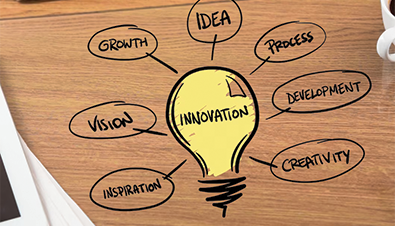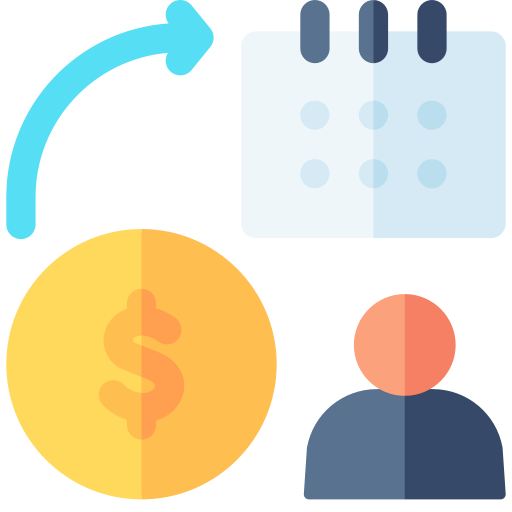
Your Exclusive Langchain Developers to Hire Now!
Create own Langchain development team
Why Golden Eagle?
Langchain Features That Enhance Our Development
Our Service Offerings
Top Development Company

Langchain for Conversational AI
Langchain is a powerful framework for building advanced conversational AI applications. It allows developers to create intelligent chatbots, virtual assistants, and interactive dialogue systems by chaining large language models (LLMs) with external data sources. This integration of LLMs with tools like APIs, databases, and other services enables the creation of more dynamic and context-aware conversational experiences.

Langchain for Document Processing
Langchain simplifies document processing by enabling the creation of systems that can read, understand, and extract information from unstructured data. It integrates with language models to analyze and retrieve data from documents such as PDFs, emails, and websites. This capability is particularly useful in applications like automated document summarization, information retrieval, and content extraction.

Langchain for Custom AI Workflows
Langchain allows developers to design customized AI workflows by linking different models and processes together. Whether you're looking to create AI-driven recommendation systems, data pipelines, or personalized user experiences, Langchain’s modular approach helps connect multiple components seamlessly. This flexibility makes it easier to tailor AI solutions to specific business needs or domains.

Langchain for Knowledge Management
Langchain excels in building knowledge management systems that combine language models with structured and unstructured data sources. By chaining models with external knowledge bases, it enables real-time knowledge retrieval and dynamic information updates. This makes Langchain highly valuable for applications like enterprise search, research assistance, and knowledge-based decision support systems.
Projects We Undertake

Fixed Cost Model
The Fixed Price Model is best suited for projects with well-defined requirements and a clear scope. The project cost, timeline, and deliverables are agreed upon upfront, providing clients with certainty and predictable outcomes. This model is efficient for smaller projects or those where the scope remains unchanged throughout. It is ideal for projects with minimal risks and where changes during the execution phase are unlikely.

Time & Material Model
The Time and Materials Model is designed for projects with flexible and evolving requirements. It allows clients to pay based on the actual time and resources consumed during the project. This model is effective for long-term or complex projects where the full scope may not be clearly defined from the outset. Clients gain the advantage of scalability and can make adjustments as needed during development, ensuring the final product meets evolving business needs.

Dedicated Team Model
In the Dedicated Team Model, a team of skilled professionals is allocated exclusively to a client’s project for a predetermined period. This approach offers the flexibility to scale the team up or down based on the project’s demands. It provides clients with direct control over the development process and allows for quick adaptation to changing requirements. This model is ideal for long-term engagements, where collaboration, consistency, and focus are key to success.

Milestone-Based Payment Model
The Milestone-Based Payment Model divides the project into distinct phases or milestones, with payments made after each phase’s successful completion. This approach ensures a structured timeline, reduces financial risk for both the client and the development team, and provides clients with measurable progress checkpoints. It is particularly useful for medium-sized projects, where deliverables are segmented into clearly defined stages with separate timelines and goals.
Get in Touch
We're just a message away, connect with us now





